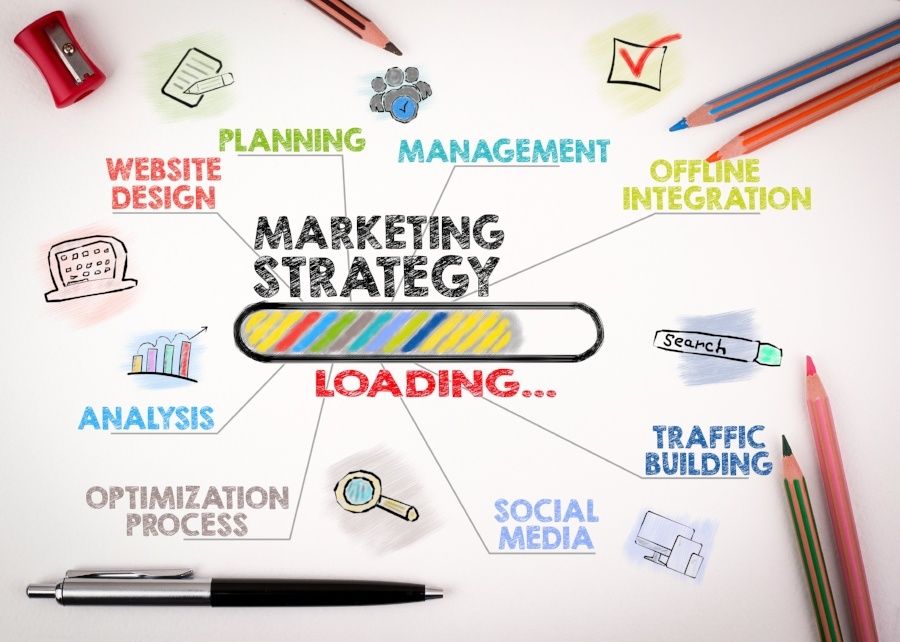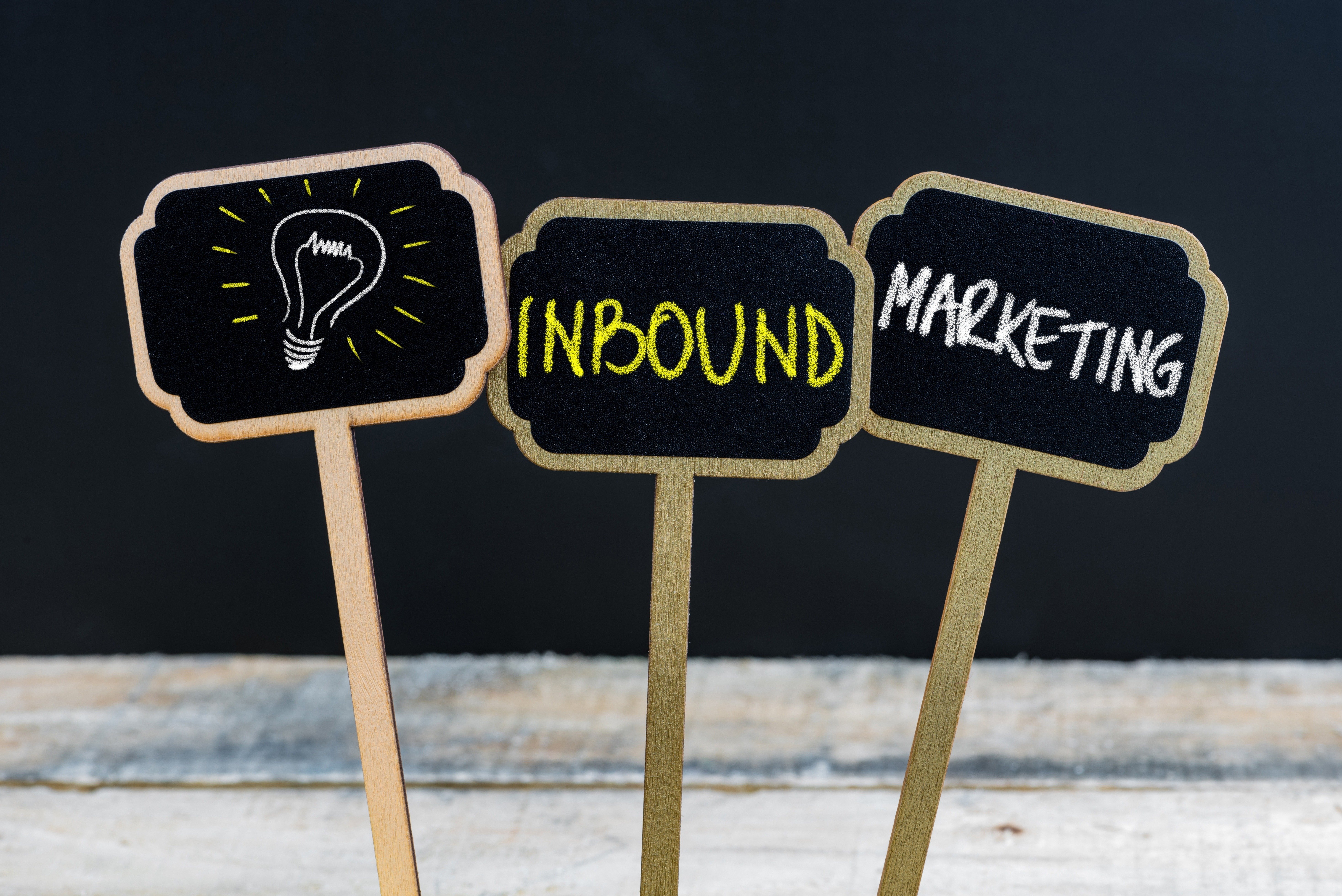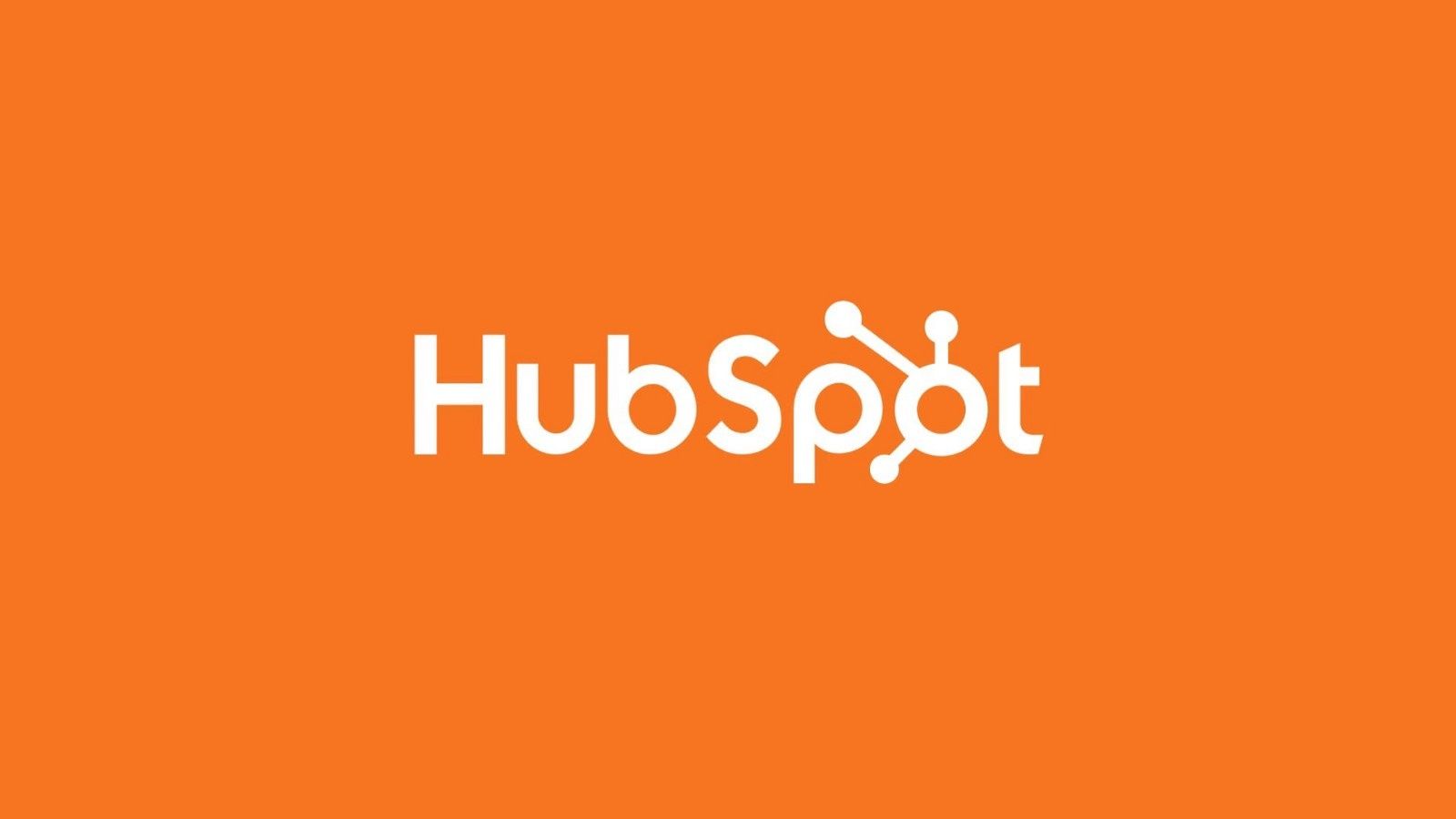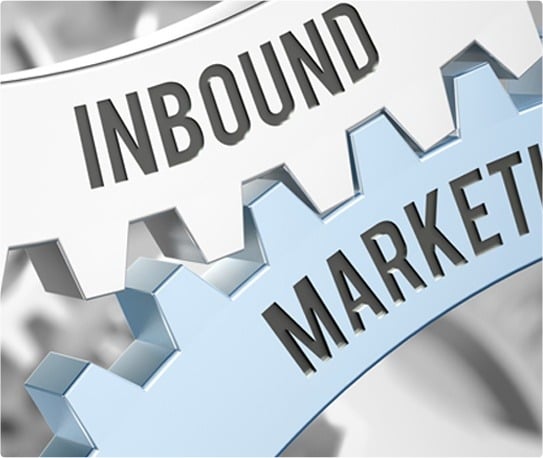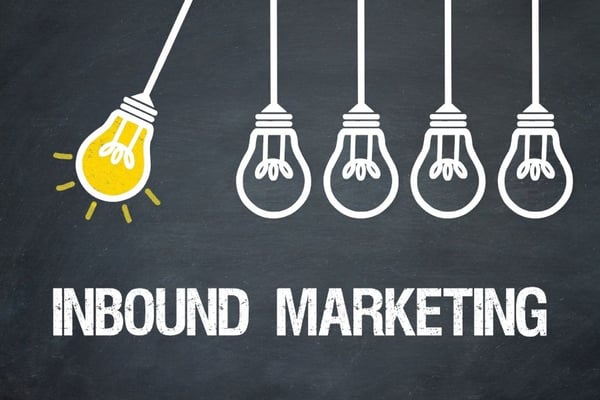
For companies that want to establish a reliable online presence, you have a choice to make when it comes to your marketing. What strategies will you use to connect with your audience?
When it comes to marketing philosophies, there are two that represent the major marketing strategies — inbound marketing and outbound marketing.
For those without an understanding of marketing terminology, it’s difficult to know what the differences between the two are. Here at RiseFuel, we are inbound marketing advocates — particularly as it applies to internet marketing.
While both definitely have their place, inbound marketing tends to lend itself well to long-term success in marketing while many outbound initiatives are short lived.
Outbound marketing often requires constant vigilance and retooling of your campaigns to maintain relevance and keep customers consistently coming in.
To make a decision about whether to use inbound or outbound marketing, you have to know what each is and what the differences in the two are. Each is right for different situations.
Let’s take a look at the difference between inbound and outbound marketing and examine when each might be the right choice for your company.
What is Outbound Marketing?
Since the invention of business, before the term “marketing” even existed, marketers have been trying to find innovative ways to buy their products.
To get people interested in buying a product, you have to make them aware of it and get it in front of them. This is what outbound marketing attempts to do.
Outbound marketing is interruptive marketing. It is meant to grab the attention of your audience and not let go until your advertisement has run its course. The commercials that you see on TV are outbound marketing.
The direct mail that you receive is often outbound marketing.
Let’s dive into some of the common forms of outbound marketing that you come across every single day:
Print and Direct Mail
Every piece of direct mail that you receive in your mailbox is part of an outbound marketing campaign. Their goal is to grab your attention, usually while you sift through your mail looking for pieces that you were expecting to receive.
Every piece of “junk mail” is outbound marketing meant to interrupt your attention and make you interested in their product or service.
Print ads are also outbound marketing. When you read the newspaper or flip through a magazine, every ad that you see is part of an outbound marketing campaign.
Although online advertising is quickly becoming king, direct mail and print continue to be powerhouses in the advertising industry.
TV and Radio
Since the radio first debuted, its broadcasts have been monetized through commercials. Every commercial you see on both TV and radio is considered outbound marketing.
You likely see hundreds of them on any given day whether you notice it or not. Their goal is to interrupt your attention by interrupting your viewing experience.
Telemarketing
The next time that your phone rings and on the other end is someone trying to convince you to buy something from their company, know that you are currently listening to outbound marketing in action.
68% of companies engage in phone sales in some form. Telemarketing is the perfect example of an interruption.
The cliche example is receiving a call when you sit down to dinner, but more broadly telemarketing is an extremely direct way to capture someone’s attention and make them aware of your product.
What is Inbound Marketing?
Inbound marketing is a newer form of marketing that rose to popularity in the internet age. The term was originally coined by HubSpot co-founder Brian Halligan in the 1990s.
Although portions of the inbound marketing strategy have been used in marketing campaigns for years, an entire philosophy never really came together until the Internet came along.
Inbound marketing is the opposite of outbound marketing in many ways. It is designed to be a less aggressive approach to marketing and selling.
As a strategy, it is designed to create tight bonds with your prospects over time. This results in better customers that are more loyal to your brand.
Inbound marketing is all about providing information. Instead of interrupting their experience, inbound marketing focuses on attracting customers.
By publishing helpful content that adds value to their lives, you build your relationship with them over time. You don’t fight for their attention. You earn it through persistence and value.
A few of the common forms of inbound marketing include:
Content Marketing
If you’ve ever read a business blog, you’ve interacted with their inbound marketing campaigns. Content marketing allows businesses to educate their customers.
By allowing their customers to find their content when they require the answers that they are providing, they become a trusted source of information within their industry.
They earn business by giving back to their customers and genuinely building a relationship with them.
Social Media Marketing
Social media is another great example of inbound marketing. It allows companies to create content and interact directly with their customers on a one-on-one basis.
Over time they earn more followers and build relationships with their audience that result in leads and sales.
Email Newsletter Marketing
Email newsletters are one of the oldest and most visible forms of inbound marketing. While outbound marketing can be done through email as well, much of the email that you receive from companies is likely considered inbound.
Any email that you receive that is meant to educate you about a subject directly or tangentially related to their company or industry would be considered inbound marketing.
Content-based email campaigns fall under the inbound marketing umbrella.
Why I Believe Inbound Marketing is the Right Choice
As the founder at RiseFuel, I have staked my career on the effectiveness of inbound marketing. With effective inbound marketing, you position yourself as a source of information for your prospects.
The power still lies with the buyer, instead of with the seller. The internet provides the perfect platform for inbound marketing with so many available channels to publish content through.
There is no “right” answer as to whether inbound marketing or outbound marketing is the right choice for your business. Both have their place in the marketing landscape.
But, companies that want to build an online presence are often much better served by inbound marketing as it allows them to build a foundation for future success.
Reach out to me if you would like to chat about any challenges you may have. Bet we can help!







